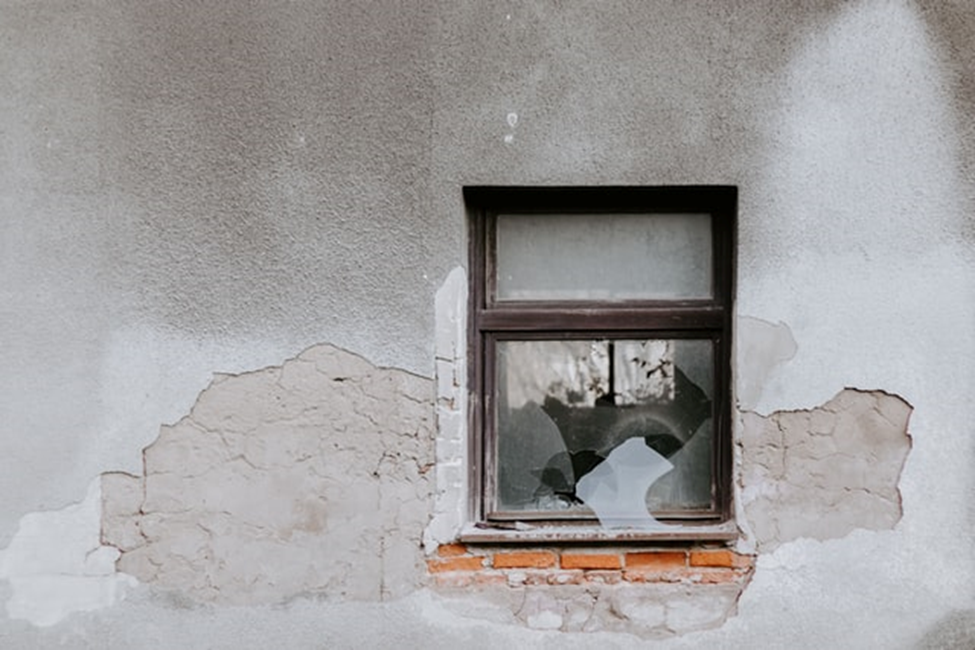Regardless of where you live, it’s important to ensure the building is structurally sound, especially when moving to a new home. Knowing the exact structural integrity of a property often requires professional inspection, but you can easily spot various signs that indicate deeper problems. If you’re considering moving, it’s prudent to look for any signs of structural problems to ensure safety.
What Are Structural Problems?
A structural problem is an issue that can jeopardize the structural integrity of a building. Poor design and construction, defects, and age are the most common causes of structural problems. Identifying structural problems may not be easy because they can pass for minor issues. However, some of the minor issues could hide serious structural problems that pose safety risks.
1. Bulging Walls and Sagging Roof
Issues with bowed, leaning, and bulging walls can be hard to detect because the signs are often subtle. Typically, curves may be difficult to spot until the problem becomes conspicuous. The walls in your house should be straight, and if you see inward curves on interior walls, it’s vital to inspect exterior walls for similar defects. Bulging, leaning or curved walls often point to a severe structural problem in a house.
Most roofs should serve you for about 30 years with good maintenance. However, some roofs may not achieve the ideal lifespan and start sagging and leaking. If you notice cracks on the floor joists, the roof timbers are likely compromised.
Sagging roofs indicate structural issues that may stem from weakening load-bearing walls, frame misalignment, or prolonged overloading. Roof leaks can be expensive to repair and may lead to severe damage to interior components.
2. Foundation
Inspecting the foundation of a new home can be tricky, especially when you don’t have specialized knowledge. While engineers are the best professionals to inspect and determine the integrity of the foundation, you can also examine the house and figure out if there are any abnormalities. Since you’re the one who will occupy the property, it’s prudent to inspect the foundation to avoid serious problems in the future.
Before engaging professionals like Osmon Moving and Storage, inspect the house’s perimeter and try to spot any inconsistencies. A good foundation wall should be free from bulges or leans that may indicate proportional pressure. In addition, horizontal cracks may indicate severe stress on the foundation.
3. Inspection Certificates
It’s always best to check the inspection certificates from relevant authorities to ensure the house is safe. Some of the certificates can provide invaluable insight into fire safety, structural integrity, and compliance with safety standards in the industry.
As the next occupant in the house, you are entitled to know whether the house is compliant with the necessary renovations and inspections. If the building has recent certifications, it means the owner is compliant with routine inspections. Most importantly, it’s best to move into a home subjected to regular inspections to avoid any safety issues.
Endnote
Structural integrity signs can be subtle but shouldn’t be ignored since they indicate problems that can pose safety issues. While moving into a new home can be an exciting experience, it should never cloud your judgment when determining whether the building is structurally safe.

